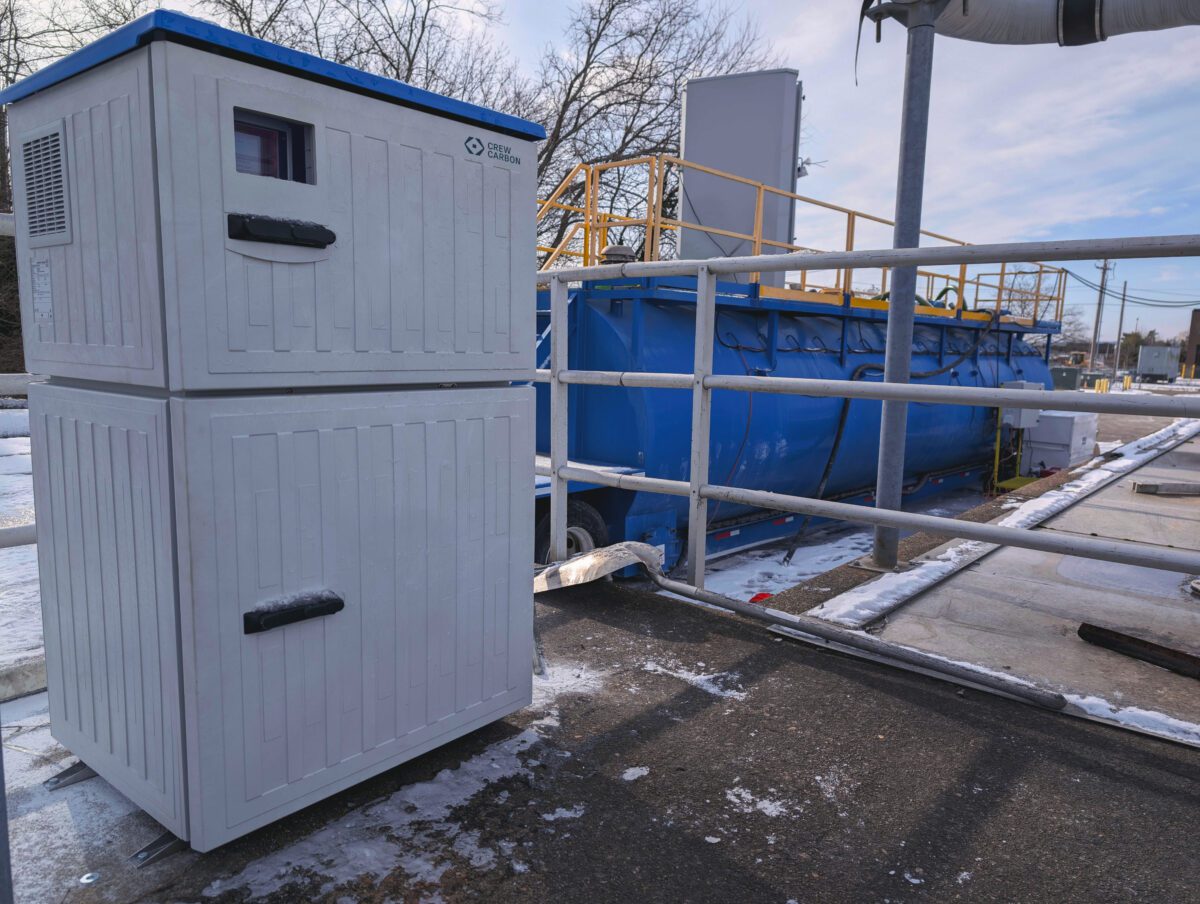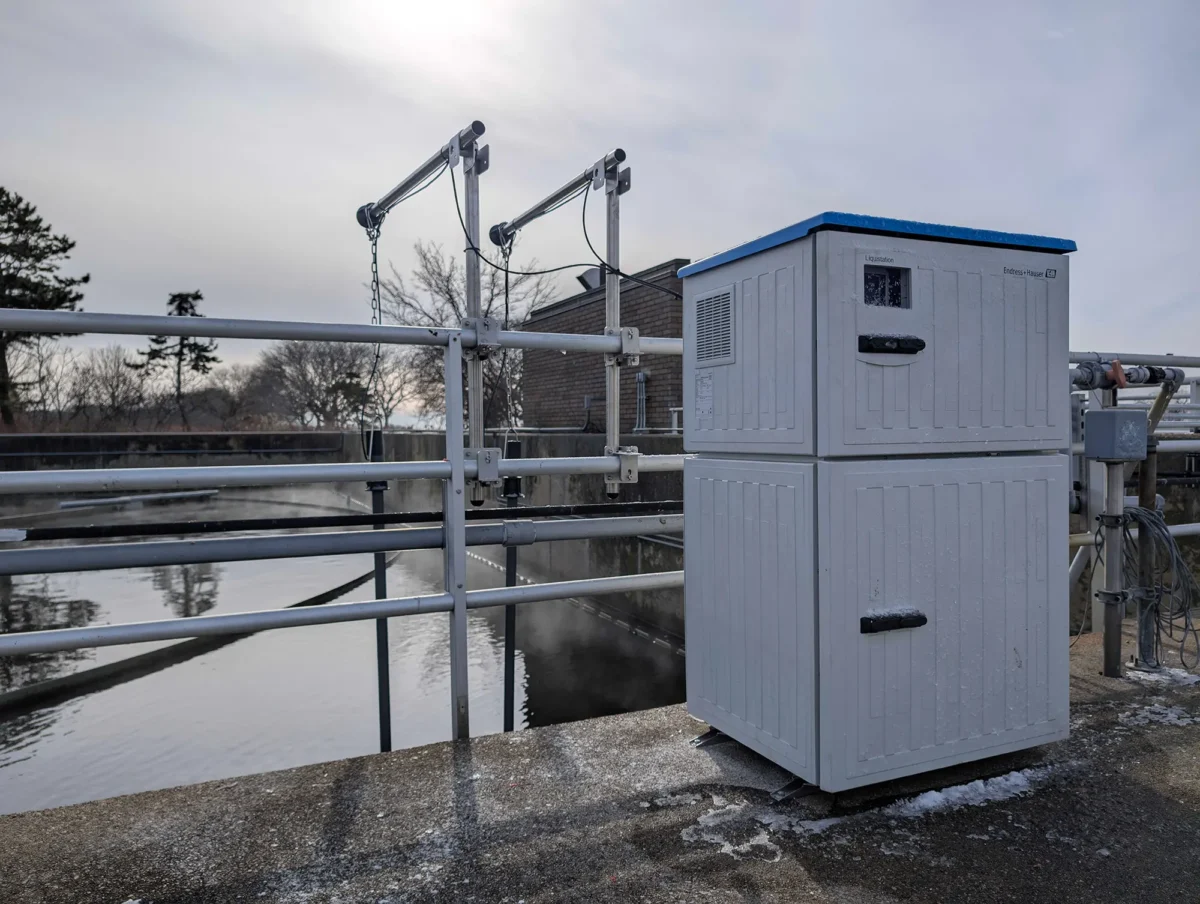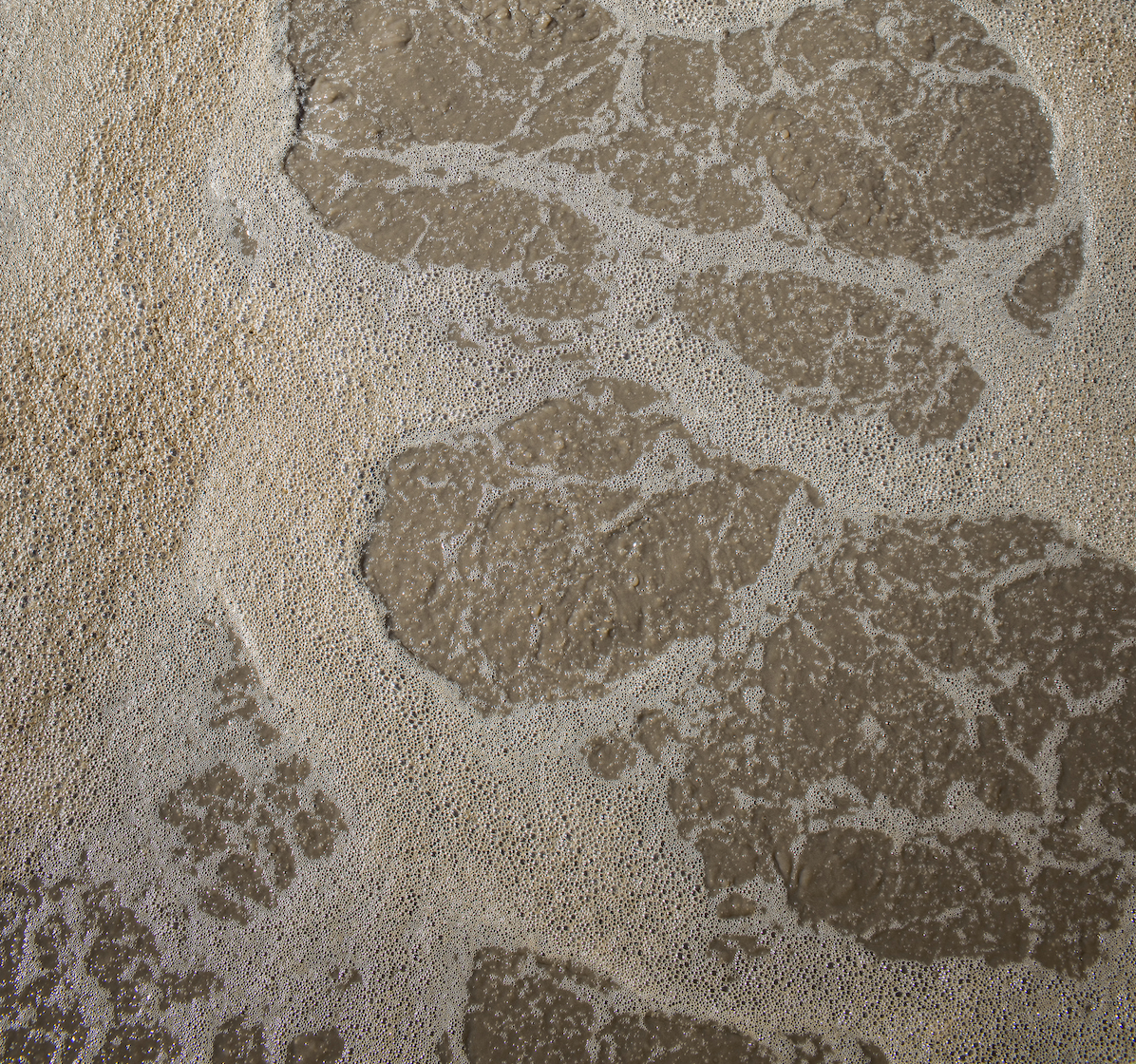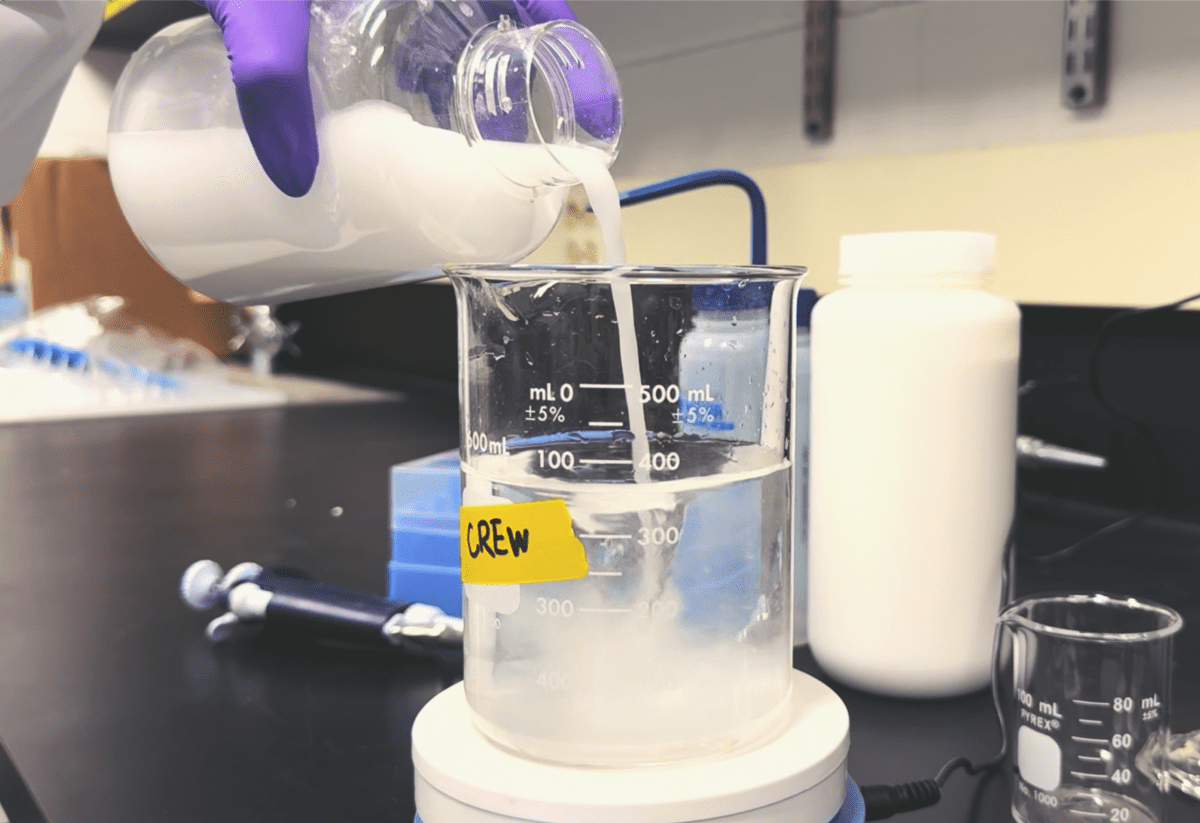the win-win the world needs
Our dual-benefit approach to carbon removal
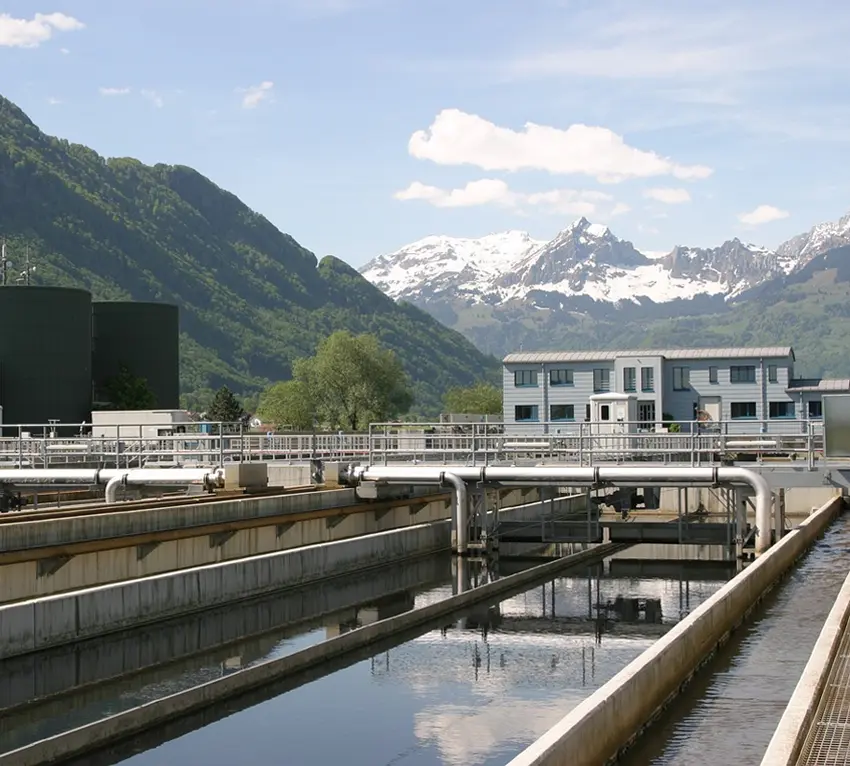
CREW Carbon improves municipal and industrial wastewater treatment to solve the planet’s CO2 problem.
Our engineered enhanced weathering technology doses wastewater with minerals such as calcium carbonate (otherwise known as limestone) to provide efficient and cost-effective alkalinity treatment while permanently converting carbon dioxide into inert, dissolved bicarbonate ions.
Wastewater facilities get optimized treatment, carbon buyers get high-quality credits, and the planet gets less greenhouse gasses. Here’s how we do it.
The CREW system
Seamless integration into wastewater treatment
We improve wastewater operations while providing affordable, measurable, and permanent carbon dioxide removal.
A look inside the process
CREW engineers enhanced weathering for better wastewater treatment and carbon dioxide removal.
Sustainable science
Engineered for the Earth
Weathering is the natural process by which minerals react with the environment over geologic timescales, trapping carbon from rainfall and throughout Earth’s water cycle.
CREW’s enhanced weathering approach simply accelerates the planet’s natural healing process and applies it to wastewater treatment.
By converting carbon dioxide into an environmentally inert bicarbonate ion, we effectively turn greenhouse gases into a stable and beneficial compound that can support marine life such as corals and shellfish.
Scientific collaborators and advisors
CREW technology was developed at Yale and is supported by a team of leading scientific and strategic advisors from industry, environmental agencies and research institutions.
Tackling the climate crisis requires creativity. CREW’s promising approach offers a new way to safely repurpose naturally available minerals into practical tools that remove and store carbon dioxide from wastewater. Their eco-friendly weathering technology is moving us closer to achieving our climate goals by speeding up a process that would otherwise take millions of years, and I look forward to seeing their impact in our state continue to grow.
U.S. Senator, Chris Murphy





